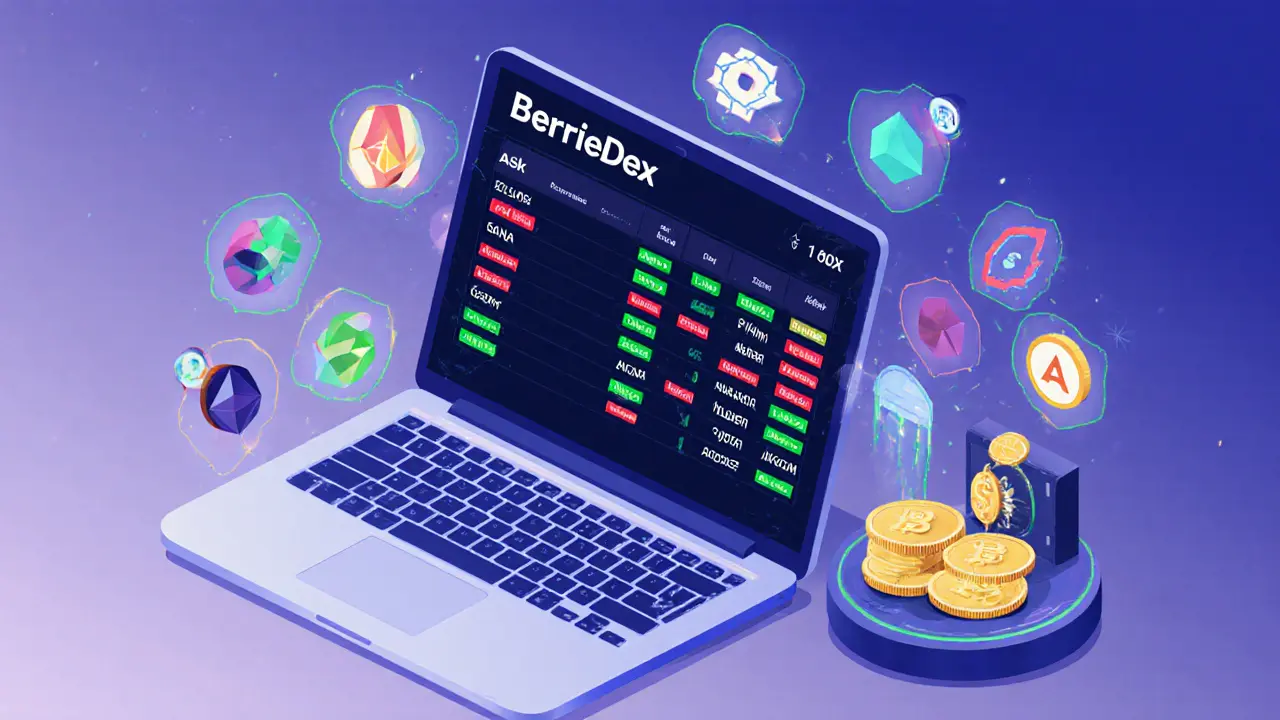DEX Tokenomics: How Decentralized Exchange Tokens Are Structured
When diving into DEX tokenomics, the economic design behind tokens that power decentralized exchanges, you quickly see why they matter. Understanding DEX tokenomics helps you judge whether a DEX is worth your capital. A decentralized exchange, a platform that lets users trade assets without a central keeper relies on its native token to attract liquidity, cover fees, and sometimes grant voting rights. Liquidity incentives, rewards such as yield farming or staking bonuses that lure providers to lock assets are a core attribute, while a governance token, a token that lets holders vote on protocol upgrades shapes the future of the exchange. Together these pieces create a tokenomic model that balances user growth, security, and revenue.
Key Components of DEX Tokenomics
First, supply dynamics set the stage: many DEX tokens have a fixed cap, others mint new coins to fund development or reward miners. This supply choice influences price pressure—limited supply can create scarcity, while inflationary models may fund continuous ecosystem upgrades. Second, distribution matters. Projects typically allocate a slice to the team, a portion to early investors, and a large chunk for liquidity mining. The ratio tells you how much of the token is already in the hands of insiders versus community participants. Third, fee structures tie directly to token utility. Some DEXes rebate a percentage of trading fees back to token holders, turning fees into passive income. Others burn a slice of each fee, gradually reducing supply and potentially boosting price. Lastly, staking and lock‑up programs turn passive holders into active liquidity providers, aligning incentives across traders and the protocol. These attributes—supply, distribution, fee rebates or burns, and staking—form a semantic triple: DEX tokenomics requires balanced supply, distributes value through incentives, and influences user adoption via fee rebates.
Real‑world examples show how these ideas play out. Berrie Dex (BERRIE) uses an order‑book model and allocates 40% of tokens to liquidity mining, rewarding providers with a 10% yearly return. Orderly (ORDER) pairs a modest 2% fee rebate with a token‑burn mechanism that removes 5% of daily fees from circulation. Zyberswap v3 on Arbitrum adds a governance layer, letting token holders vote on fee structures and new token listings. By comparing these cases you can spot patterns—high‑reward liquidity programs attract fast growth, but they also raise short‑term price volatility. Conversely, modest rebates and strong governance tend to appeal to longer‑term investors who value protocol stability. Understanding these patterns equips you to evaluate any new DEX token, whether you’re planning to trade, stake, or simply hold. Below you’ll find a curated list of articles that dive deeper into each of these topics, from BERRIE’s tokenomics breakdown to step‑by‑step guides on staking and fee analysis.

Berrie Dex (BERRIE) Coin Explained: How It Works, Tokenomics & Risks
Oct 16, 2025, Posted by Ronan Caverly
A clear, up‑to‑date guide on Berrie Dex (BERRIE) coin: how it works, tokenomics, market data, risks and a quick start checklist.
MORESEARCH HERE
Categories
TAGS
- decentralized exchange
- crypto exchange review
- cryptocurrency
- crypto coin
- CoinMarketCap airdrop
- smart contracts
- tokenomics
- cryptocurrency exchange safety
- crypto exchange
- cryptocurrency airdrop
- crypto airdrop
- cryptocurrency exchange
- crypto airdrop guide
- blockchain token distribution
- DeFi
- crypto exchange scam
- crypto airdrop 2025
- Ethereum
- cross-chain interoperability
- ERC-20
